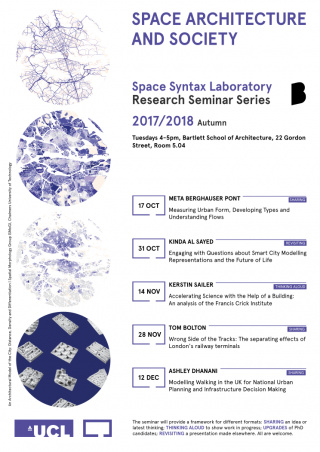Space Syntax Laboratory Research Seminar Series Autumn 2017
12 December 2017, 4:00 pm–5:00 pm
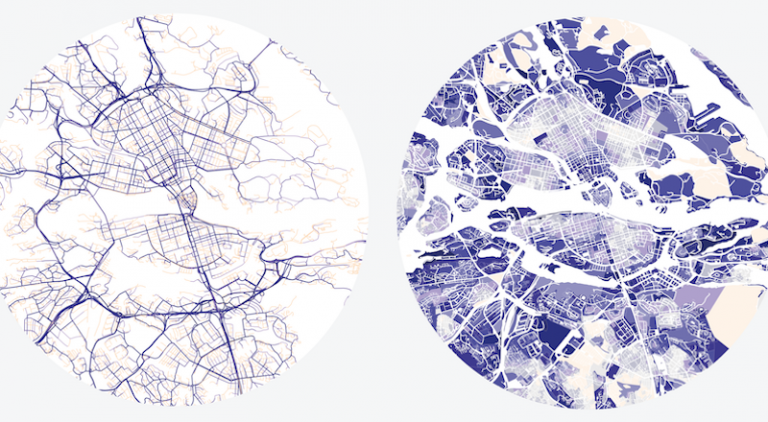
Fortnightly seminars showcasing the latest research conducted by the Space Syntax Laboratory
Event Information
Open to
- All
Organiser
-
Space Syntax Laboratory
Location
-
Room 5.04, The Bartlett School of Architecture, UCL
This academic seminar series will include researchers sharing their findings, discussing their ideas and showing work in progress from The Bartlett's internationally renowned Space Syntax Laboratory.
The Seminars
- 17 October - Meta Berghauser-Pont: Measuring Urban Form, Developing Types and Understanding Flows
- Measuring Urban Form, Developing Types and Understanding Flows
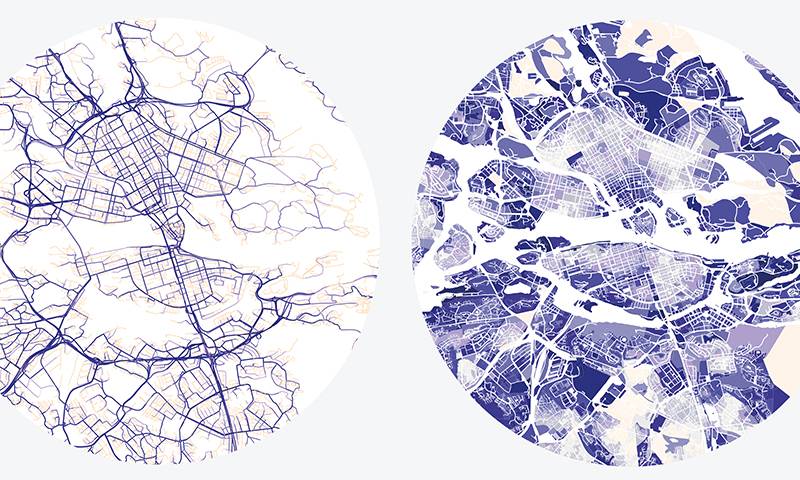
Tuesday 17 October, 16:00
Over the last two years, the Spatial Morphology Group (SMoG), Chalmers University of Technology, has developed an international platform for comparative studies in spatial urban form comprising three major European cities (London, Amsterdam, Stockholm) and three Swedish cities of various sizes (Stockholm, Gothenburg, Eskilstuna). As well as individual measures of centrality, density and differentiation, SMoG has developed multi-variable and multi-scalar typologies of streets, buildings and plots.
The next step will be to correlate this with some core variables of urban life, of which the flow of pedestrians (and cyclists) is the most important. The survey, which is being conducted in London at this very moment, will give information about the distribution and intensity of pedestrian flow in 20 areas of varying density. At more than 300 crossings, sensors track the path people take through these areas.
- 31 October - Kinda Al Sayed: Engaging with Questions about Smart City Modelling Representations and the Future of Life
- Engaging with Questions about Smart City Modelling Representations and the Future of Life

Tuesday 31 October, 16:00
Representational models of urban form were traditionally constructed by making theoretical assumptions about the relationship between the physical elements of a city and social behaviour. The pervasive deployment of smart city technologies embraced a higher level of complexity in the built environment that is both physical and virtual. In this context, it proved more difficult to make assumptions about the likely social behaviour induced by the built environment and the different layers of technology nested within it.
In this presentation, we attempt to reverse the theory-validation approach by tracing patterns in data that may help us construct new theories about the social and environmental performance of the built environment. We start with data, looking for relationships between different built environment attributes and performance measures. The main objective is to build an information infrastructure of the built environment without any a priori assumptions.
The challenge is that, with the advent of new technologies, the daily routines that characterise life in cities are likely to change in the future. This will be followed by a change in the frequency and trends of data, consequently changing the information infrastructure. This invites a debate about the possibility of a timeless theory that is explanatory of urban complexity.
- 14 November - Kerstin Sailer: Accelerating Science with the Help of a Building: An analysis of the Francis Crick Institute
- Accelerating Science with the Help of a Building: An analysis of the Francis Crick Institute
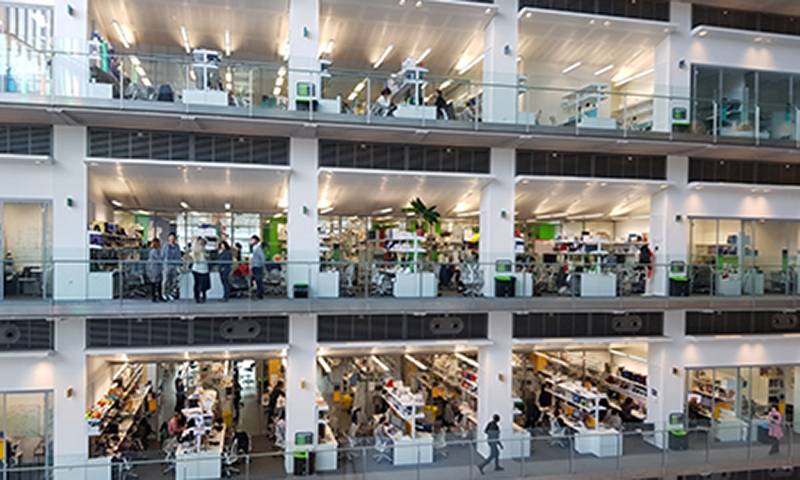
Tuesday 14 November, 16:00
The Francis Crick Institute is a biomedical research institute in London, founded in 2015, dedicated to understanding the fundamental biology underlying health and disease. Its declared aim is to ‘accelerate scientific breakthrough’ through the collaboration of 1200 scientists in its state-of-the-art building near St Pancras, designed by HOK and PLP.
Space syntax theory considers buildings as mechanisms of generating and constraining patterns of encounter and avoidance. Based on a floor plan analysis, this talk will analyse the Crick Institute as a spatial configuration by exploring its potential movement paths and lines of sight as opportunities for scientific collaboration. It will discuss affordances for collaboration and highlight the possibilities and challenges arising from the spatial organisation of scientific work flows.
This work is based on a pilot project funded by the Wellcome Trust, which also mapped relationships between scientists based on the association of principal investigators with the Crick’s Science and Technology Platforms (STPs) as well as the Crick’s emerging research groupings. This highlights associations and emerging relationships between scientists. Bringing the office locations of principal investigators and their research labs back into the analysis and comparing this to the network of scientific associations sheds a light on the affordances the building provides.
- 28 November - Tom Bolton: Wrong Side of the Tracks: The separating effects of London's railway terminals
- Wrong Side of the Tracks: The separating effects of London's railway terminals
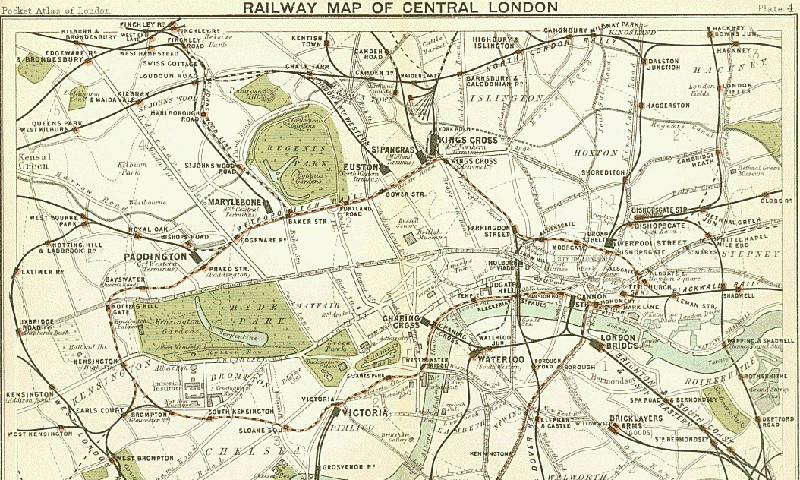
Tuesday 28 November, 16:00
The phrase “wrong side of the tracks” is widely known and intuitively understood. It implies not only the spatial separation created by railway lines, but also the social, economic and cultural differences caused by this separation.
Research informing railway expansion focuses on the station as a catalyst for wider urban change. However, neighbourhoods located behind large stations, separated from city centres and shaped by railway infrastructure, have been overlooked, with limited understanding of their social, cultural or economic identity or long-term wellbeing.
London has more railway terminals than any other world city, and this has been the case since the mid-19th century. It is therefore the ideal location for studying the relationships between terminals and their neighbourhoods. This research looks at two time periods – the 1890s (the height of railway activity in London) and today.
The spatial impact of the presence of stations is assessed through case-study London terminals, and their relationship to the economic and social character of their immediate neighbours analysed. Using a combination of space syntax analysis, observations of space use and built form analysis, this paper will test the hypothesis that long-term outcomes for neighbourhood wellbeing arise from the insertion of railway structures into the urban fabric.
- 12 December - Ashley Dhanani: Modelling Walking in the UK for National Urban Planning and Infrastructure Decision Making
- Modelling Walking in the UK for National Urban Planning and Infrastructure Decision Making
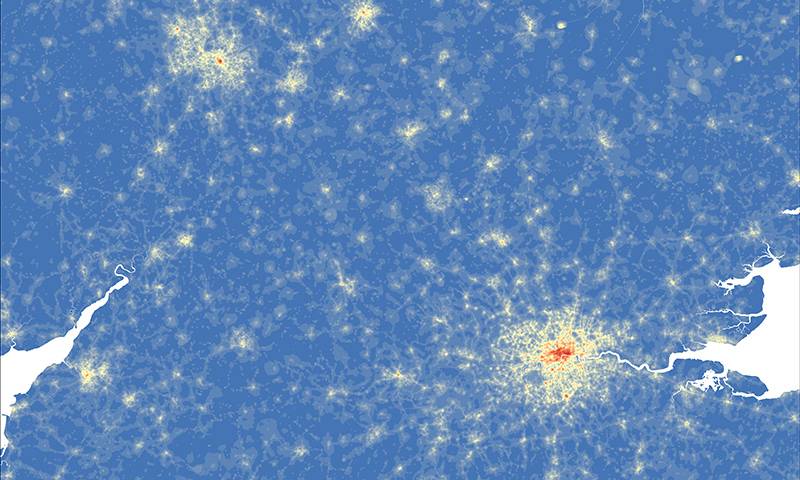
Tuesday 12 December, 16:00
In the UK (and other countries) there is now widespread recognition that successful urban places require urban planning and infrastructure investment that support and promote non-motorised modes of transport such as walking and cycling. The benefits that their promotion brings encompass positive health outcomes, reduced environmental impacts, increased economic performance and enhanced social interaction.
This presentation will discuss ongoing work that uses data-modelling approaches to estimate pedestrian demand and walking activity at the micro-scale across the UK, based on built environment indicators. The work is now being used by local, regional and national authorities in the UK to aid in infrastructure and urban planning decision-making. The presentation will discuss the technical aspects, as well as how work originating in research has been translated into usable tools for decision makers, and the challenges associated with doing so.
 Close
Close


